After: McCarthy removed everything but the vaulted wood ceiling and skylight. “All the windows on that exterior wall were covered up and patched to make room for the new gliding window we added over the sink,” he says.
Taking down the partition and eliminating the formal dining room increased the size of the kitchen from 150 to 330 square feet. McCarthy says the couple used a previous addition to create a smaller dining and family area. Because most meals are now enjoyed at the new island, losing the formal dining room wasn’t a concern.
The expanded footprint allowed for a spacious island with seating and storage. Perimeter cabinets in light mocha contrast with the island’s earthy brown-gray finish. “When there’s an opportunity to do a two-tone look in this kind of large-sized space, it gives you the chance to do a more statement color for the island and go with a more neutral, timeless color on the perimeter,” McCarthy says.
A bronze-finish linear chandelier over the island coordinates with the island base and oil-rubbed bronze hardware. Tan performance leather swivel stools provide comfortable seating. A black stainless steel French door refrigerator now sits on the sink wall. “With that being the entry point from the garage, it’s a good place for them to unload groceries,” McCarthy says.
He used Houzz Pro to manage the project and create estimates.
Cabinetry: Concord 275 door style in Light Mocha (perimeter) and Urbane Bronze (island), Showplace Cabinetry; cabinetry hardware: Revitalize in oil-rubbed bronze, Amerock Hardware; stools: Russell, Amisco
See why you should hire a professional who uses Houzz Pro software


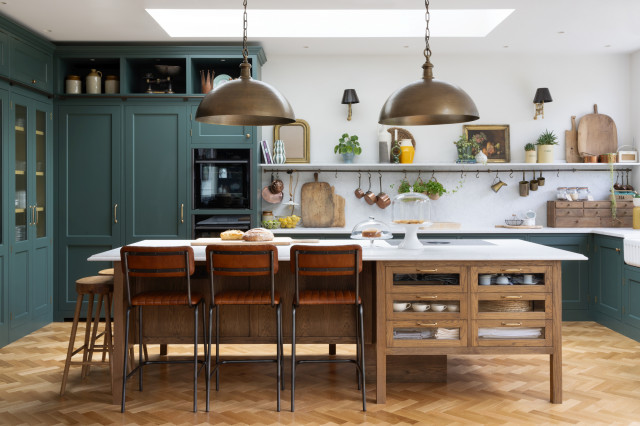
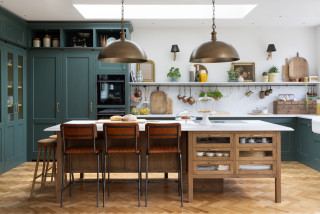
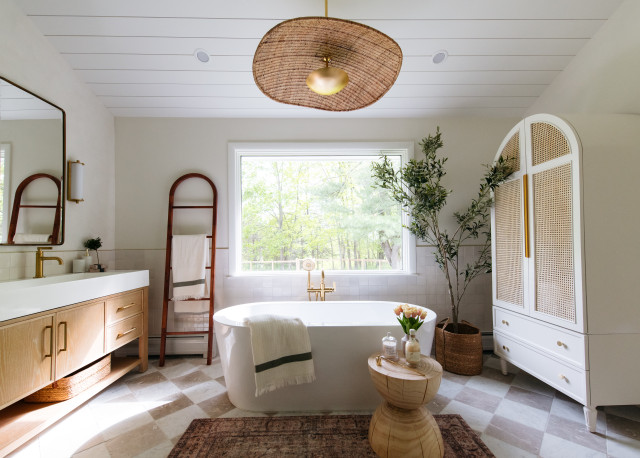
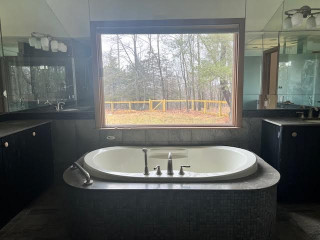

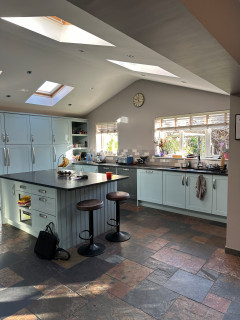


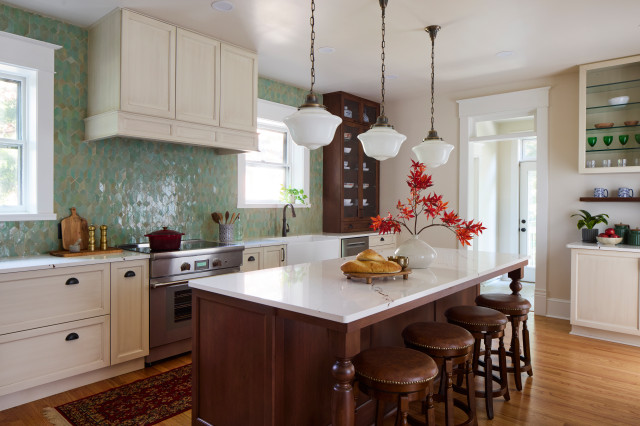


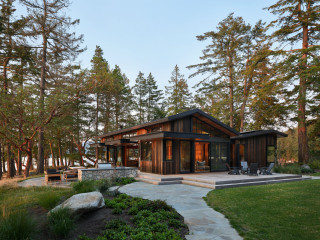
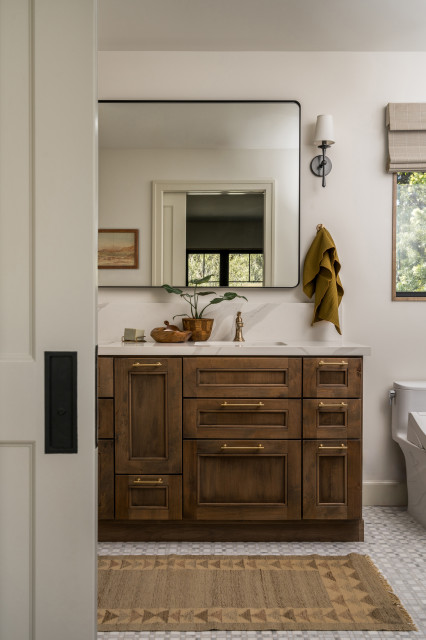



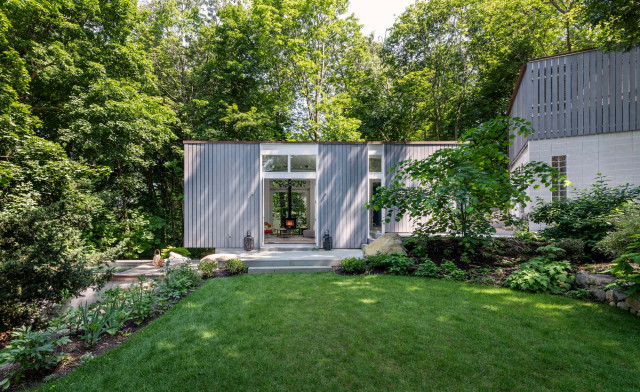

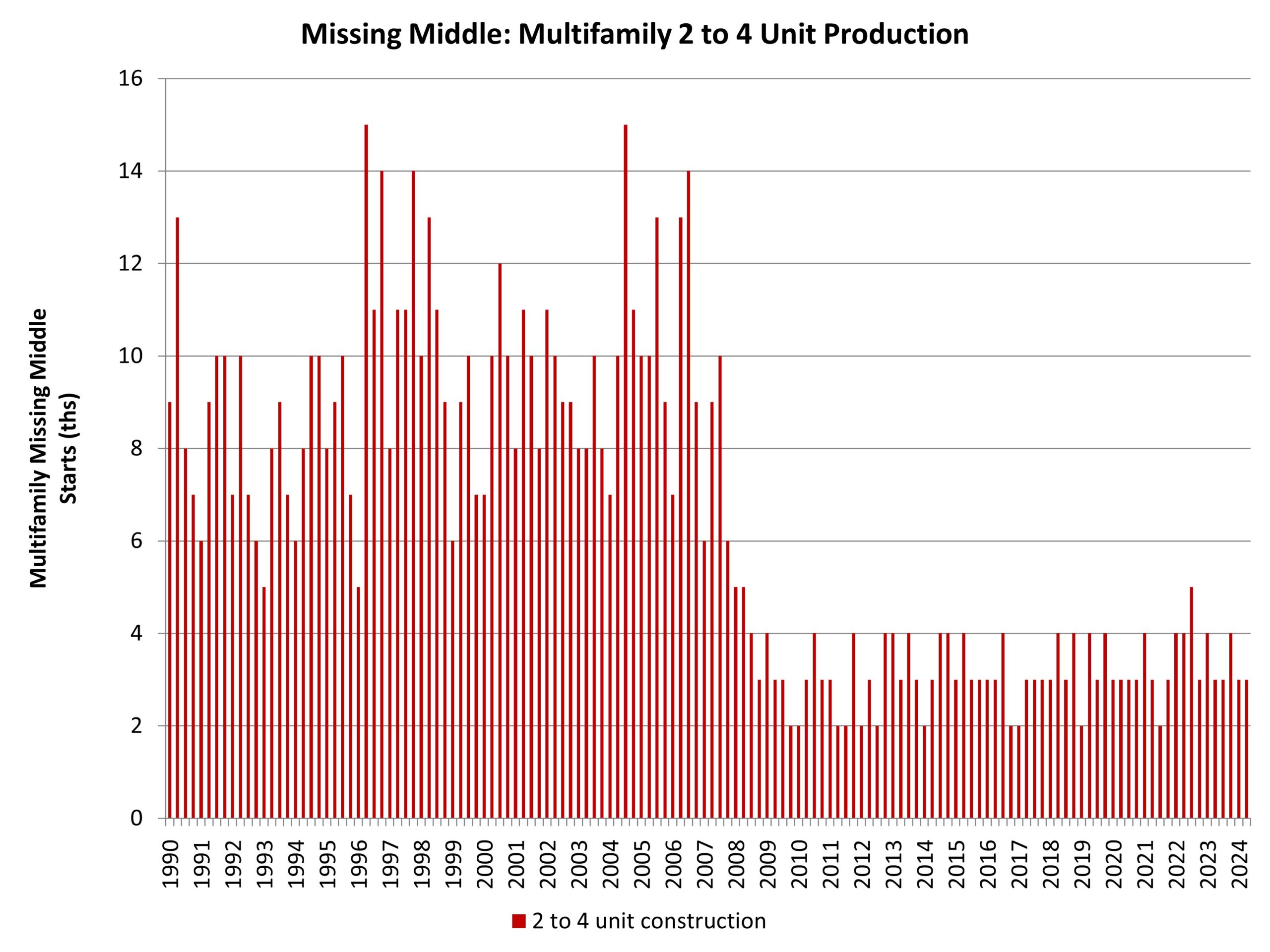
Kitchen of the Week
Who lives here: A retired couple
Location: Ada, Michigan
Size: 330 square feet (31 square meters)
Designer: Oliver McCarthy of Delight In Designs
Before: The 150-square-foot kitchen, with its dark taupe walls, beige tile flooring and a vaulted stained wood ceiling, felt cramped. A long, narrow island had tight seating on two sides, and short honey oak cabinets offered limited storage. A bulky stainless steel refrigerator jutted past the cabinetry, making the footprint feel even smaller. “The kitchen felt disproportionate to the size and overall layout of the house,” McCarthy says.
The refrigerator and range sat on the wall separating the kitchen from the dining room, with a pass-through awkwardly placed above the range. “That didn’t seem very safe,” McCarthy says. A sink and short run of cabinets lined the adjacent back wall, while the wall on the right held shallow pantry closets. The doorway in the back right corner connects to the garage.